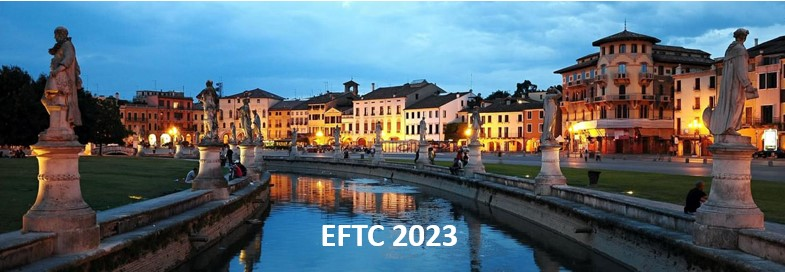Speaker
Description
Until recently, theoretical studies in support of the commercial realization of fusion energy mostly focused on research in support of ITER and on the analysis of plasmas in existing tokamaks and stellarators, far from ignition conditions. Recent appearance of privately funded research has advanced alternative concepts, in particular the development of high-beta spherical configuration and high magnetic field tokamaks. Simultaneously with the development of technological and experimental research, the privately funded fusion industry is significantly contributing to the advancement of theoretical fusion physics.
At Tokamak Energy Ltd we are pursuing an alternative concept for the production of fusion power based on compact high field Spherical Tokamaks which offer a number of advantages discussed in this proposed presentation. We will present recent results from the high-field spherical tokamak ST40, where high ion temperatures Ti ~ 10 keV have been achieved at low plasma collisionality and plasma temperature required for burning conditions [1]. We will also present results of detailed transport analysis, carried out to benchmark simulations with the aim to extend studies to the burning and ignited plasma conditions [more details in 6].
We will review theoretical basis/grounds for a spherical tokamak-reactor, including studies of macro and micro instabilities, operational limits and disruptions, plasma confinement, neoclassical and turbulent plasma transport, optimization of magnetic confinement devices, divertor and edge physics. All these effects have significant differences in the ST geometry respect to conventional tokamaks, as detailed in this contribution.
Recent revisions of the Lawson criterium from necessary value of nTdttauE to that for nTdttauDT, where taudt is the DT burn time [2] results in narrowing the range of the needed plasma temperatures and avoids the need for a significant improvement of the energy confinement for the sustainment of a DT fusion burn. This restricts the choice of operational regimes and operation range of reactors and improved criterion equations of scientific breakeven, ignition, and engineering breakeven should be considered [3]. Both revisions are urgently needed for the ST path to Fusion that may have significant advantages [4] and we will discuss this in detail.
Three types of fluctuations can increase the particle transport and so affect this and as a result, ignition required conditions: fluctuations in the electric potential, in the locations of the magnetic field lines (for example due to ergodisation), and in the toroidal electric field, which may locally break the magnetic surfaces. These microinstabilities have significant aspects in the ST geometry and will be discussed. One of new regimes that require theoretical investigation of such instabilities is the hot ion mode (or FIRE mode on KSTAR [4] and a range of supershot, PEP and similar regimes). Ion temperatures required for reactor have been achieved on ST40 in the hot ion mode, as was predicted for ST40 [7].
References:
[1] S.A.M. McNamara et al Nucl. Fusion 63 054002 (2023) DOI 10.1088/1741-4326/acbec8
[2] A Boozer, Physics of Plasmas 30, 062503 (2023)
[3] S Entler et al, Nuclear Engineering and Technology 55 2687-2696 (2023)
[4] R Stambaugh Fusion Technol. 33 1 (1998)
[5] Yong-Su Na et al, Research Square, September 2021 DOI:10.21203/rs.3.rs-935325/v1
[6] M Romanelli, this conference
[7] A Yu Dnestrovskij, et al,. Plasma Phys. Control. Fusion 61 (2019) 055009

